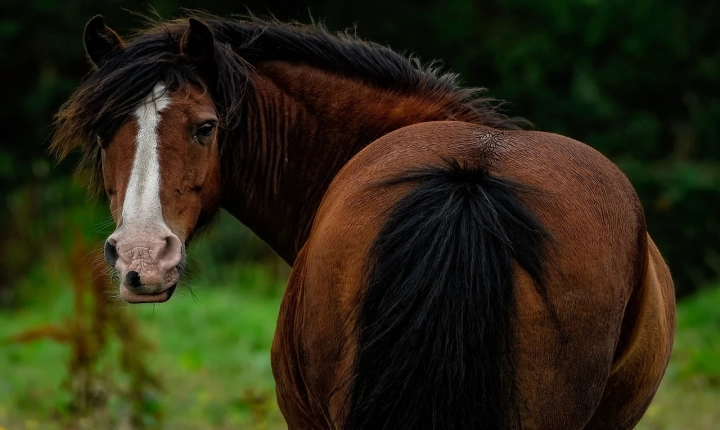Title: How to Write Better Prompts for AI Art
Artificial Intelligence (AI) has revolutionized the way we create and consume art, with the ability to generate eye-catching visuals and thought-provoking pieces. It can be a powerful tool for artists looking to expand their creative horizons, but the success of AI art largely depends on the quality of the prompts and input given to the AI. Writing better prompts for AI art is essential to produce more engaging and innovative results. Here are some tips on how to improve the prompts for AI art.
Understand the Capabilities of the AI: Before giving a prompt to an AI for creating art, it is crucial to understand the capabilities and limitations of the particular AI model being used. Different AI platforms may specialize in different styles, techniques, or subjects. For example, some AI models may excel at generating landscapes, while others may be proficient in portraiture. Understanding these nuances will help in crafting more effective prompts.
Provide Clear and Specific Instructions: When writing prompts for AI art, it is important to provide clear and specific instructions to guide the AI algorithm in the right direction. Vague or ambiguous prompts can lead to confusing and unrefined outputs. Instead, be precise about the style, color palette, subject matter, and any other relevant details to help the AI understand the desired outcome.
Incorporate Emotional and Conceptual Elements: To elicit more meaningful and evocative art from AI, consider incorporating emotional and conceptual elements in the prompt. Describe the mood, theme, or underlying concept that you want the AI to capture in its artwork. By infusing the prompt with emotional and conceptual depth, the AI is more likely to produce art that resonates with viewers on a deeper level.
Encourage Experimentation and Divergent Thinking: AI art can be a powerful tool for exploring new visual concepts and pushing boundaries. When crafting prompts for AI art, encourage experimentation and divergent thinking. Encourage the AI to explore unconventional combinations, artistic techniques, or thematic interpretations. By doing so, you can unlock the full creative potential of the AI and generate truly unique and innovative artwork.
Iterate and Refine the Prompts: Writing effective prompts for AI art often requires a process of iteration and refinement. After receiving initial outputs from the AI, consider analyzing the results and adjusting the prompts accordingly. Learn from the AI’s interpretations and use that insight to fine-tune future prompts. Continuously iterating and refining the prompts can lead to more compelling and captivating AI-generated art.
Collaborate with AI Experts and Artists: Collaboration with AI experts and artists can provide valuable insights and expertise in crafting effective prompts for AI art. Engage with professionals who have experience working with AI in the creative process, and seek their input on how to optimize prompts for the best results. By leveraging the knowledge and expertise of others in the field, you can enhance the quality and impact of the prompts.
In conclusion, writing better prompts for AI art is essential for unlocking the full creative potential of AI algorithms and generating captivating and impactful artwork. By understanding the capabilities of the AI, providing clear and specific instructions, incorporating emotional and conceptual elements, encouraging experimentation, iterating and refining the prompts, and collaborating with experts, artists can harness the power of AI to produce truly innovative and compelling art. By following these tips, artists can elevate their AI art to new heights and inspire audiences with thought-provoking and visually stunning creations.
